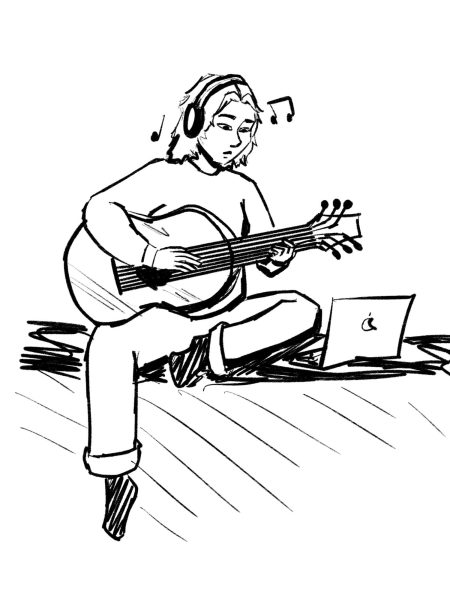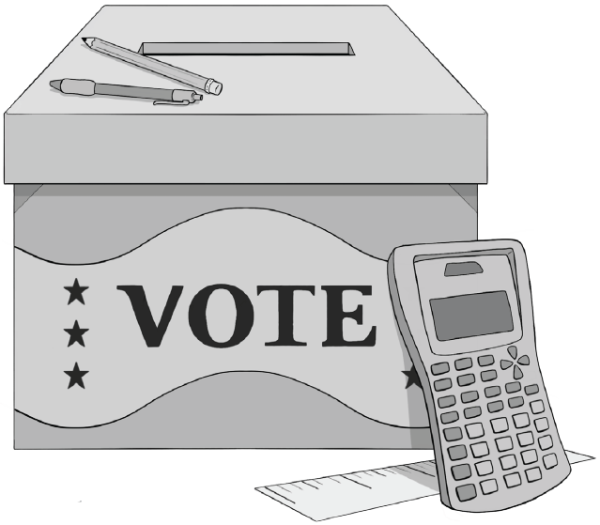Pondering Puns
This article is from the September issue of Breezes. Pick up a copy and start reading today!
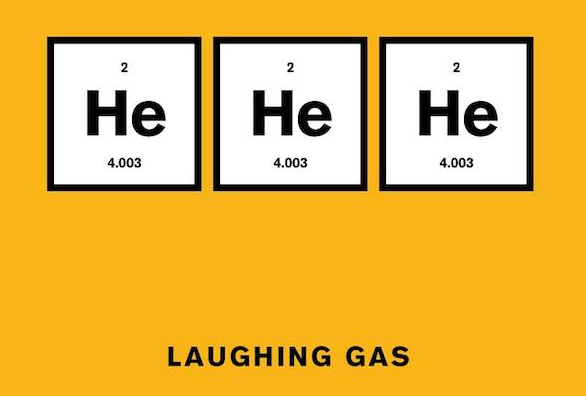
October 19, 2016
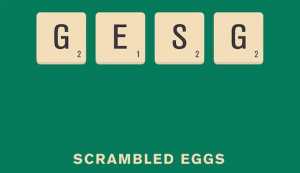 Plateaus are just a high form of flattery. Puns such as this one are essential tools used for wit, diffusing tension, and losing friends. A pun can be used in almost any situation, as long as you’re able to think one up. However, every so often, great puns are thought of after the moment passes and any potential effect is lost. The best feature of puns is how truly versatile they are; you can use them anywhere.
Plateaus are just a high form of flattery. Puns such as this one are essential tools used for wit, diffusing tension, and losing friends. A pun can be used in almost any situation, as long as you’re able to think one up. However, every so often, great puns are thought of after the moment passes and any potential effect is lost. The best feature of puns is how truly versatile they are; you can use them anywhere.
One of the most interesting places puns can be used is at school. For example, in the math classroom, you could ask, “why is one-fifth always nervous?” Wait a moment before saying, “because it is two-tenths.”
In the English classroom, if anyone asks what the difference is between ignorance and apathy, simply respond with, “I don’t know, and I don’t care.”
Or, perhaps a science classroom provides a better environment for puns. There, you could state, “I don’t trust atoms because they make up everything.”
If all else fails, in a social studies classroom, you could attempt to start a chain of country puns. It begins when someone says, “I’m Hungary.” The next person would say something along the lines of, “You should go Czech the fridge.” This can carry on indefinitely, since everyone would be “Russian” to get as many puns out as possible. It can be quite entertaining, especially if your teacher joins in.
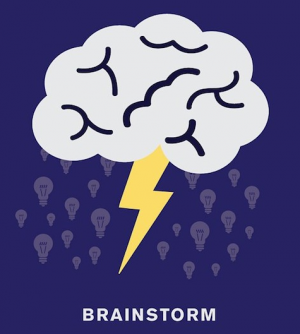 Why are puns funny? The reason these bits of wordplay are so humorous is because of “semantic ambiguity.” According to National Geographic (yes, even they like puns), semantic ambiguity is when a word or phrase has more than one meaning. This also applies to words that sound similar but have different definitions. Words or phrases that have similar pronunciation but different meanings are called homophones, like the aforementioned Czech (as opposed to check). These are not especially funny on their own, but when either a word, homophone, or phrase with semantic ambiguity has both of its meanings true at the same time? Then, we have something truly clever, and that is called a pun.
Why are puns funny? The reason these bits of wordplay are so humorous is because of “semantic ambiguity.” According to National Geographic (yes, even they like puns), semantic ambiguity is when a word or phrase has more than one meaning. This also applies to words that sound similar but have different definitions. Words or phrases that have similar pronunciation but different meanings are called homophones, like the aforementioned Czech (as opposed to check). These are not especially funny on their own, but when either a word, homophone, or phrase with semantic ambiguity has both of its meanings true at the same time? Then, we have something truly clever, and that is called a pun.
We laugh at the wittiness of what was said, but also something else. When asked about this, Sonia Labs, one of our English teachers, stated, “[Puns] have to be spontaneous to be funny, and to be able to laugh at yourself […] too.”
She is quite right; besides the examples appearing above, there are very few puns that don’t have to be said in the moment. The most exciting part of a pun is having one pop into your head in a split second and then saying it out loud. It is something that only works in that moment, and the reason it is funny is because of how perfectly it fits. Because of this, we laugh, and the pun has served its purpose. The moment passes, and soon a new pun will be thought up, completing the cycle of wit, and giving us a reason to laugh.
There also exists what can be considered a subgroup of puns, referred to as visual puns. This form of wordplay makes homophones funny by using an image. One definition of the homophone is doing something often done by another definition of the homophone. Examples above. All photos courtesy of http://digitalsynopsis.com




























